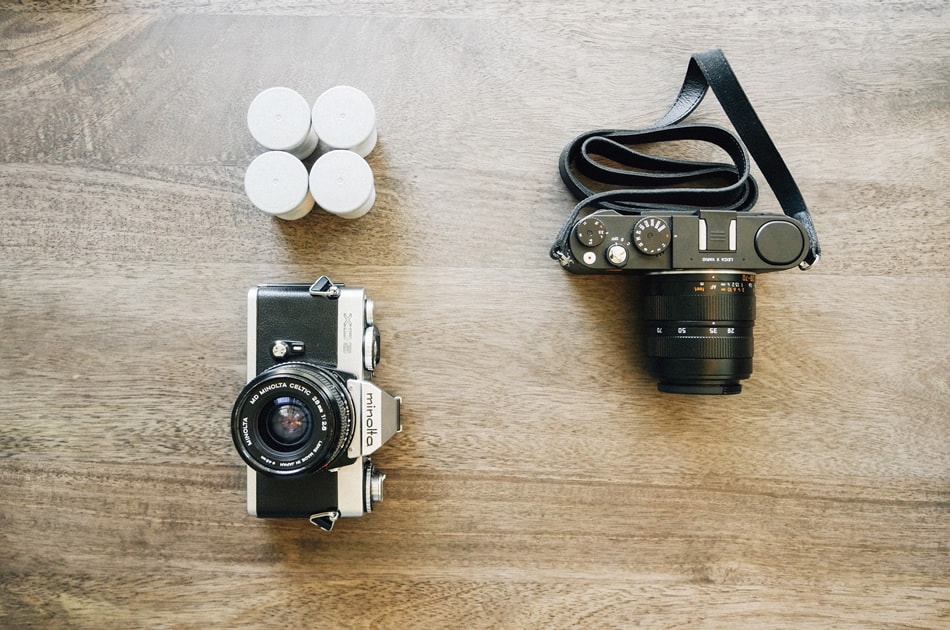Things You Can Learn From Film Photography (and apply to digital photography)
Digital photography has many advantages and has certainly made photography more accessible to everyone. This is largely due to the fact that costs are vastly reduced with digital photography – memory cards can be reused and there’s no developing costs.
In addition, digital allows you to view your photos instantly and the plethora of post production programmes makes it easy to adjust images even after they’ve been shot. But digital can also make photographers lazy and there are many reasons why the lessons of film photography can and should be applied to digital work. Let’s have a look at what film can teach us.

Technique
When I used to teach photography students, I always made them start out with film cameras. Inevitably they’d ask why they needed to learn film photography, when they could just see their results on the LCD screen of a digital camera.
But this is one of the main reasons why film was (and still is) so important. When we shot on film we had to know that we’d got our settings right, because you wouldn’t see the results until the film was developed.
This meant that we had to understand how the exposure triangle worked and how to read light correctly. One of the lasting legacies for me of working with film for so long is that I can walk into pretty much any situation and have a pretty good rough idea of what settings I’ll need. I don’t spend time looking at every shot I’ve taken on my LCD screen, which allows me to keep shooting in a fluid fashion.
Even when you’re shooting on digital cameras, it’s important to know your techniques. It’s one of the things that makes a photographer! It also promotes confidence in your work – if you know what you’re doing, it’ll show in your images.
Shooting Less
Rolls of film came in 24 or 36 exposures (or 12 if you were shooting medium format), which meant that you really had to think about what you were shooting. Nowadays, digital means that people have a tendency to just shoot and shoot until they think they’ve captured a good image.
So, even when you’ve got the luxury of being able to shoot endless images, your photography is bound to improve if you actually stop and think about what you’re shooting. Make the effort to compose your scene correctly and think about what you want to capture in your photograph. This will also help you to evaluate whether the shot is worth taking or not.
Pushing Yourself
The instant nature of digital photography can make us lazy in other ways too – all too often, you’ll look at the LCD screen and think that you’ve got the best possible image you could – only to get home and wish you’d pushed yourself a little bit more.
With film, we didn’t know if we’d got the shot or not, but we’d make damn sure we waited around and kept looking through the viewfinder until all the dynamics were as we wanted them. You can still apply this philosophy with digital cameras and have the luxury of taking additional shots – try different angles, lighting etc. to make sure you really do get ‘the shot’.
Variety
Carrying on from the theme of pushing yourself, another common casualty of digital photography is often variety. Again, because there’s no limit on the number of shots you can take, it’s all too easy to come home with 20 shots of the same thing, taken from exactly the same angle. It’s the old ‘better to be sure’ adage. But it isn’t pushing yourself if you’ve just fired off the shutter without any variety of variants.
Try stripping it back and thinking like a film photographer again – make every shot different, even if it’s only slightly. This means that you’ll have far more variety, but from the same number of subjects.
So there you have it – film photography still has much to teach us in the digital age and hopefully, by following these tips, your work will only improve!
